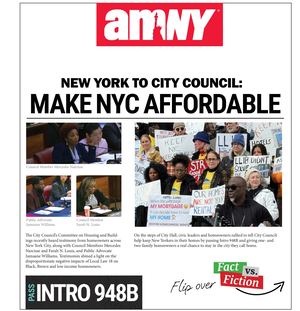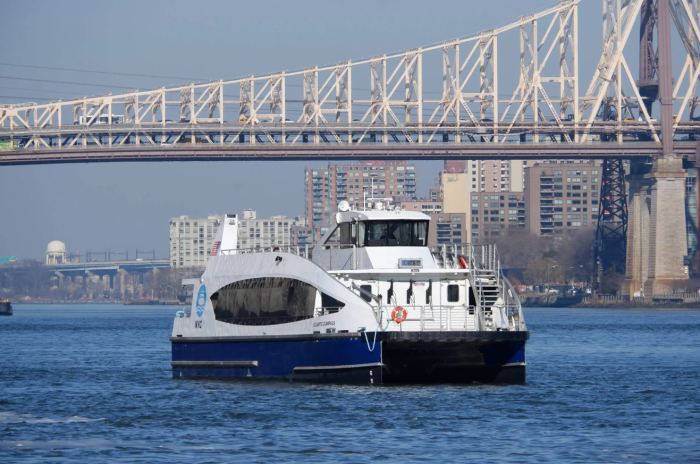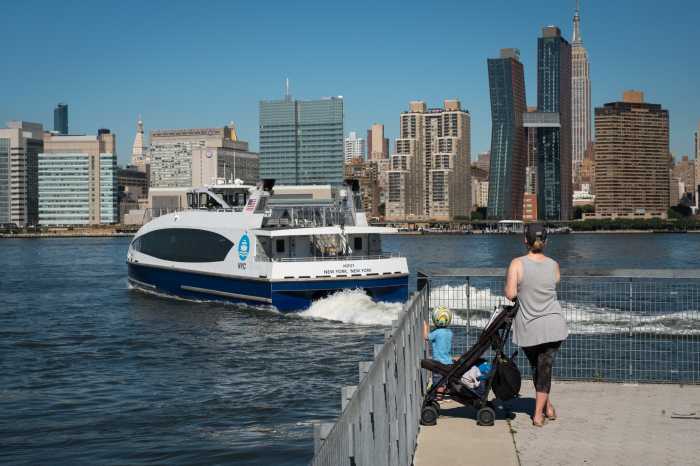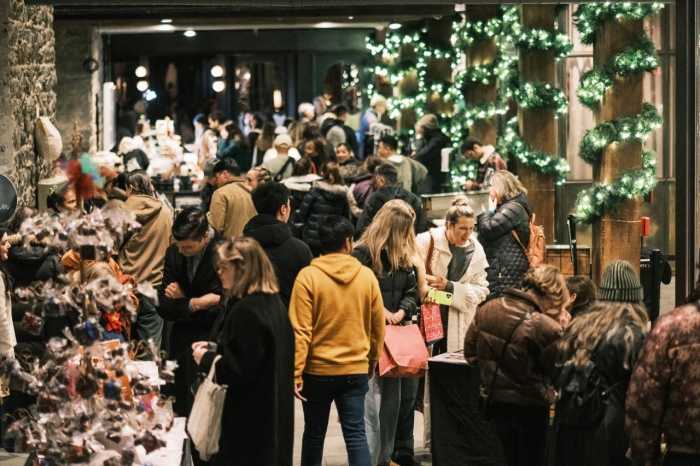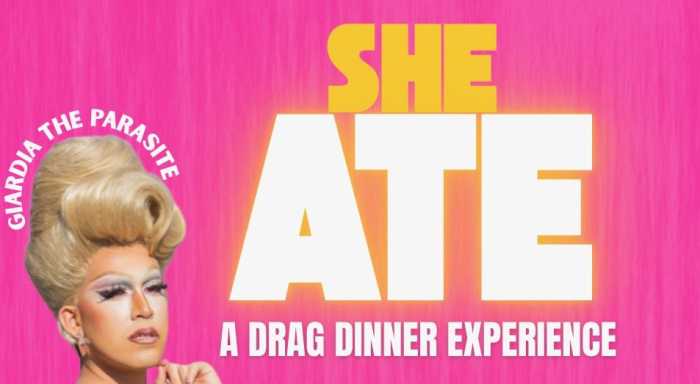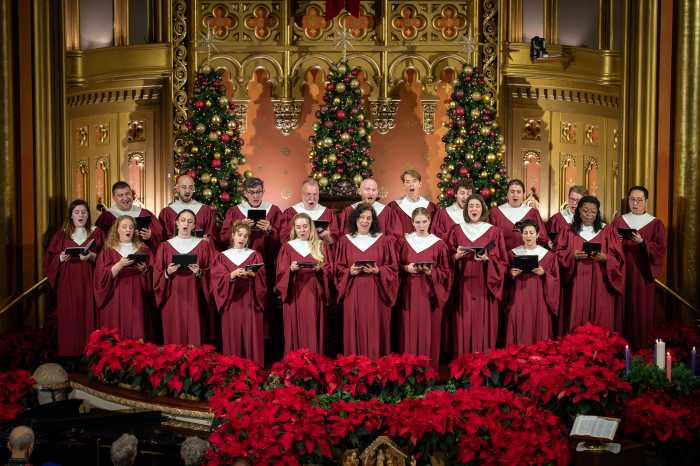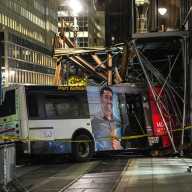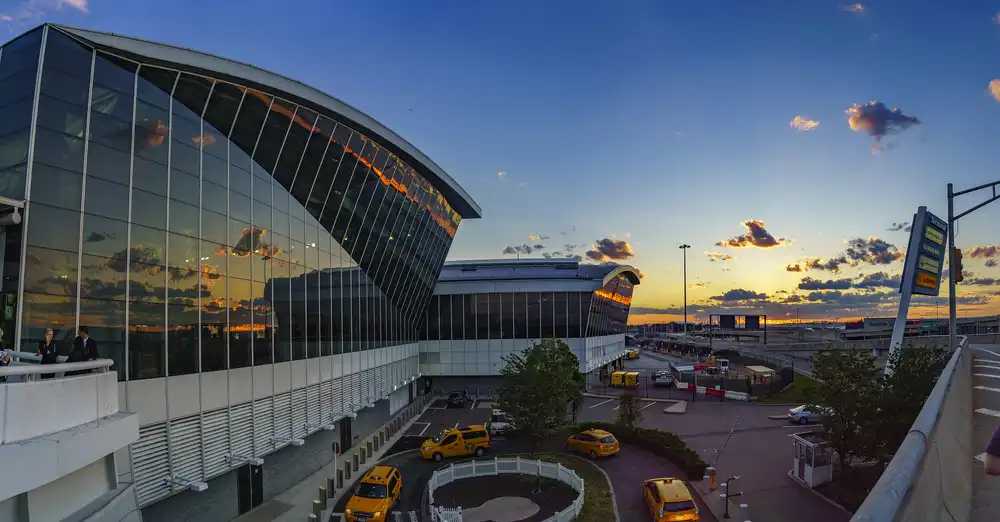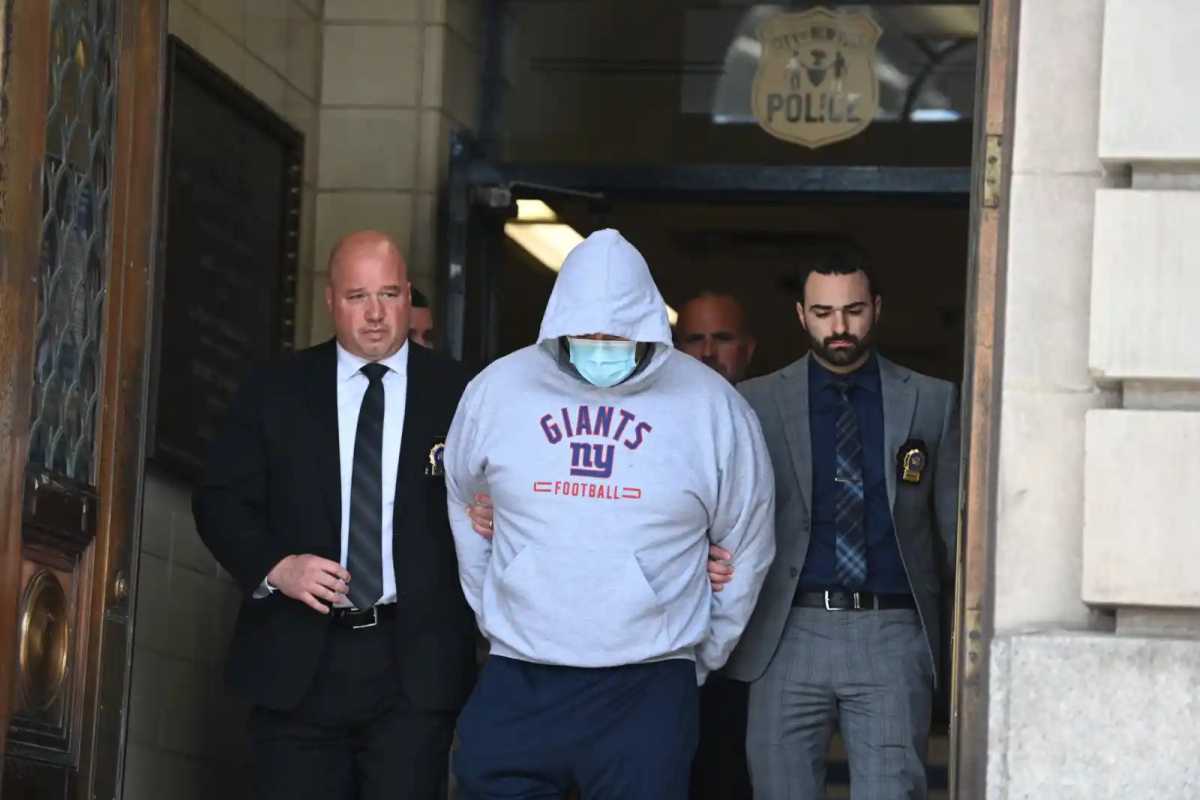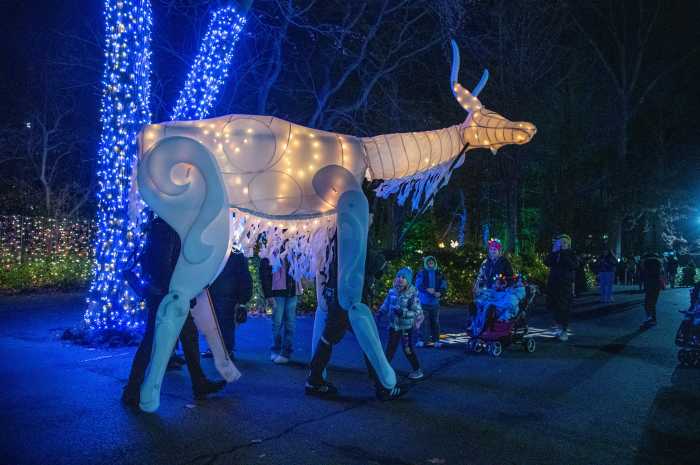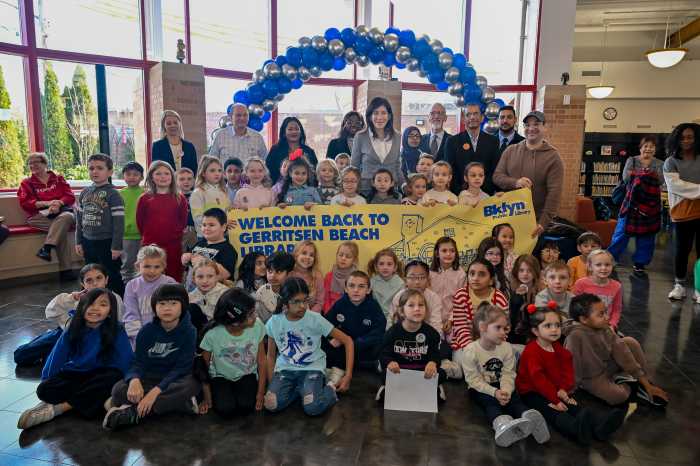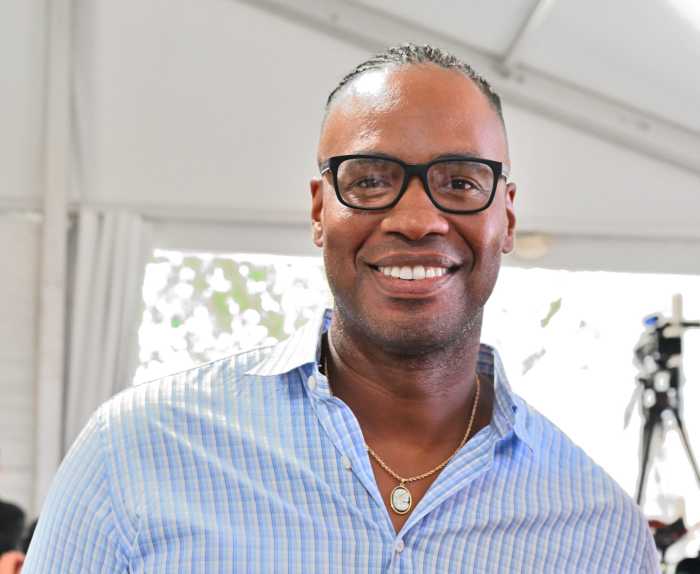New York City’s ferries are no longer a novelty. They are a vital and growing piece of our public transit system.
It’s time to include Upper Manhattan in that success.
The NYC Ferry system is carrying more people than ever before, reaching a record 7.1 million passengers during the last fiscal year. With that surge in popularity, the City is now embarking on its first system-wide improvement process in eight years, a critical opportunity to shape the future of our waterways.
The proposed changes are a significant step forward. They include restoring a direct Staten Island-to-Brooklyn ferry for the first time since 1964, creating a new route to connect the Bronx and Queens, and shortening travel times for some of the busiest East River crossings to Manhattan.
But to unleash the ferry system’s full potential, the city must think bigger. Now it is time to take full advantage of one of the most promising corridors for ferry expansion: the Hudson.
A robust trans-Hudson service connecting Northern New Jersey to West Harlem would be transformative. For generations, dating back to the 17th century, ferries were the primary means of crossing the river; however, when the George Washington Bridge opened in the 1930s, service was discontinued.
The revival of trans-Hudson service would offer a lifeline to thousands of commuters, dramatically reducing car dependency, traffic congestion, and pollution.This is especially critical for Upper Manhattan, a community burdened with some of the region’s worst air quality. A ferry line can also provide easy access for upper Manhattan residents to jobs across the river.
This is not a distant dream.The crucial infrastructure is already in place. The West Harlem Piers, located at 125th Street, opened in 2009 and were built with docks ready to support a ferry landing. A route from the existing Edgewater ferry terminal in New Jersey to these piers would take less than 10 minutes. Compare that to the daily crawl across the George Washington Bridge, a journey that can easily exceed 30 minutes in bumper-to-bumper traffic. The choice is clear.
There are also opportunities to create new ferry stops at existing piers along the West Side, like the 79th Street Boat Basin and Dyckman Marina. These new stops would open up the possibility of a West Side route along the full length of Manhattan, connecting uptown residents to the far west side of Midtown and Lower Manhattan, where ferries already run from New Jersey and other boroughs, providing access to jobs and making NYC Ferry a viable transit option for even more New Yorkers and visitors. Now is the time to explore them.
The city has a rare opportunity to capitalize on the ferry system’s success and celebrate its pioneering role in commuter ferry services. The current expansion is a start, but it’s time to bring the same modern, efficient water transit to Upper Manhattan.
The piers are waiting. It’s time to set sail.
